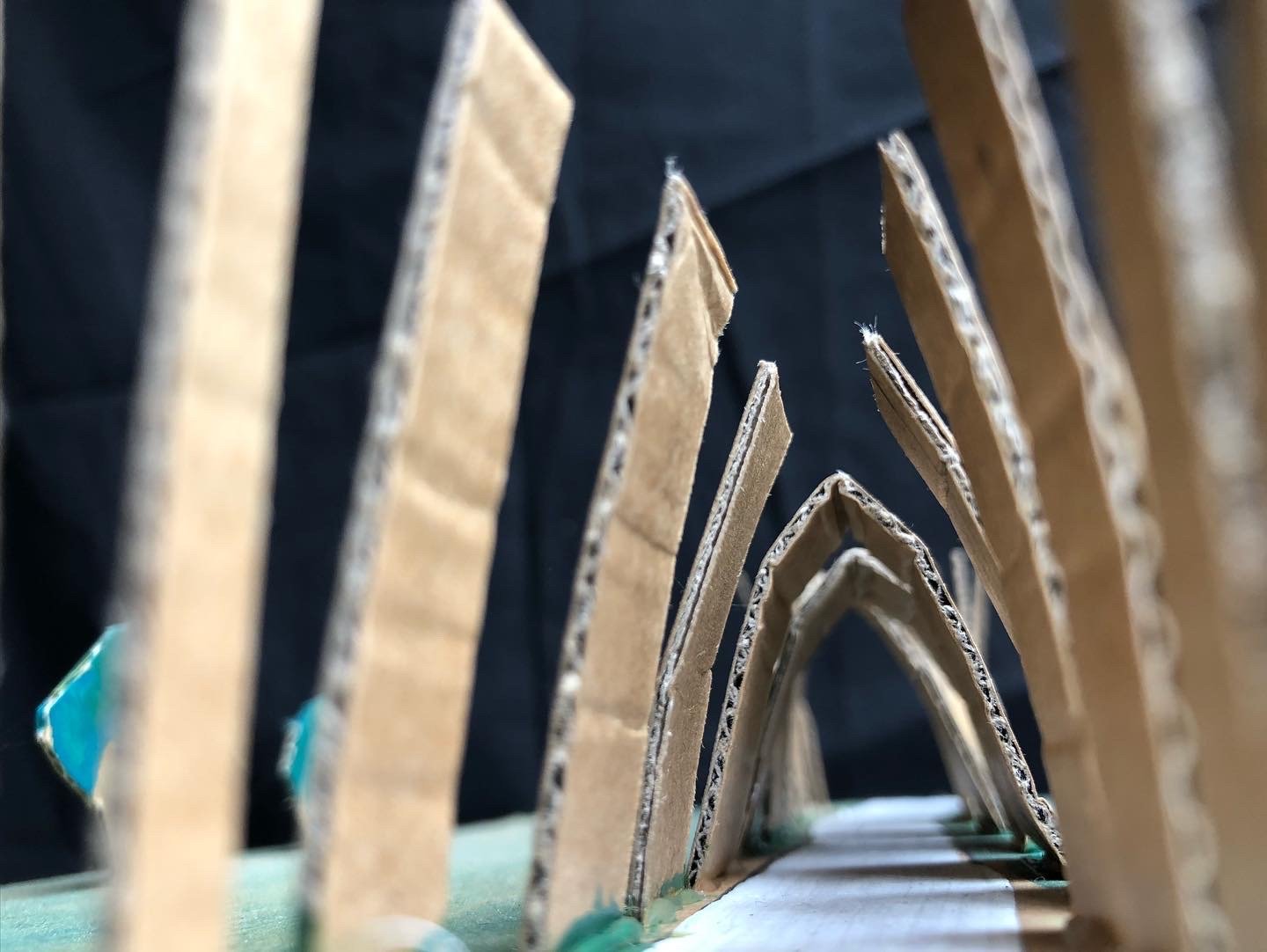Traverse I, II, and III, are 3 different art installations about the journey of longing, trauma and healing.
TRAVERSE
-
Traverse I, II and III are all art installations.
Each one centres on a long winding path between walls. You can enter the work at either end. You can walk it however you want. You have freedom to pause at any point, to wander, to go through and return back to where you began.
They are not mazes—so you can’t get lost. However, the path and walls are intended to create a path that obscures your view of both what is ahead and the other walkers around you, but it does not completely hide them.
There is a tension between walking alone and with others. The path can be disorientating at times. It is also purposeful and guided.
I encourage you to consider how you feel as you walk it.
-
There are essentially three parts to the path:
• The way in, where the path gets darker and the path narrows.
• The centre, where the path is black and the path appears to end
• The way out, where the path gets brighter and the path widens all the way to open.
The path can be considered a journey. It represents a journey because you physically walk it. It also symbolises a journey, into our feelings and struggles and joys, and back out into the world again. This symbolic use of path has long been used as a meditation or prayer tool, like the path at Chartres Cathedral near Paris, France.
Traverse draws on the centuries of prayer labyrinth traditions. It also draws on the work of Emily and Amelia Nagoski and their book “Burnout”. In particular, I found their description of moving through trauma and towards health really beautiful.
Here are some (but not all) ways you could interpret this path, as it goes from:
• Diminishing light to darkness to bright light
• Vulnerable to protected to set free
• Exposed to sheltered to safe
• Closing to closed to open
• Sorrow to grief to hope
• Stressor to stressed to released
• Obstructed to blocked to flowing
• Sin to repentance to absolution
• Regret to forgiveness to released into life
-
“Traverse developed from my experience of 2020-2021 and all the ways I wrestled with hope in the middle of longing and loss. It tells stories about carrying hope, sorrow, and healing.”
My art often uses physical objects, like the path used in this art installation, as a symbol to explore issues of identity, longing, and hope. I am inspired by so much in our world, and especially by the life of Jesus. I live with Tiffany and our two children and a dog in lutruwita / Tasmania.
Meditation Guide for walking Traverse
Beginning: pause and focus at the entrance.
Consider what you bring to this walk. Reflect on your day, your week, and what is on your mind. How do you feel as you begin?
Experience: Walk purposefully.
Consider the first step in as a threshold. How do you want to walk the path? Are you alone or with others? Do you have a phrase in your mind? Are you listening to music? Are you serious, playful, prayerful, contemplative, carrying sorrow, or joy, and so on.
Attention: observe how you feel and what you pay attention to.
Are you paying attention to the walls or the path? Are you listening to outside or inside the path? To yourself or to those around you? How do you feel on the way in? How do feel in the centre? On the way out?
Exit: Pause at the exit.
Again, observe how you feel and what you are paying attention to as you leave the path. Acknowledge the ending. It is another threshold. You might find it helpful to pray.
Reflect: After walking the path, reflect back on your experience.
Journal, write it down, capture the experience. Share your experience with Michael here (link). He would love to hear about what you felt as you walked the path.
Walk again.
Repeat the path as many times as you need.







